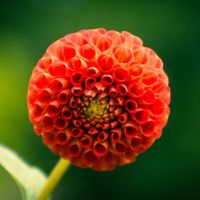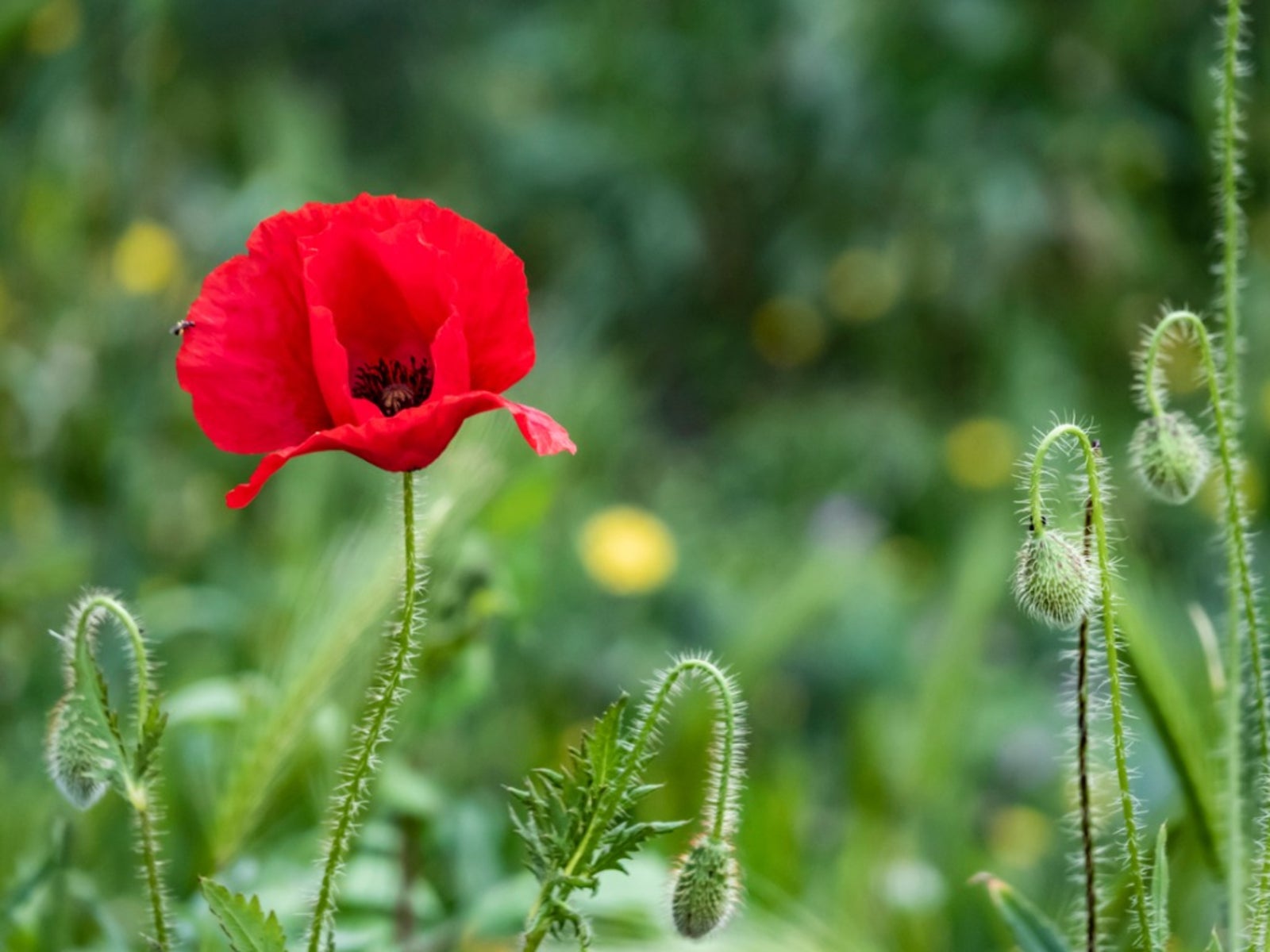Growing Oriental Poppies: Tips On How To Grow Oriental Poppy


Three thousand years ago, gardeners were growing oriental poppies and their Papaver cousins around the world. Oriental poppy plants (Papaver orientale) have remained a garden favorite ever since. Once planted, they require no special care and will last for many years. Their original, vibrant, red-orange color is still the most popular for growing, though oriental poppies come in a variety of colors that will match or blend into any garden's color scheme.
How to Care for Oriental Poppies
When asked how to care for oriental poppies, the rules are few. Careful placement is essential. Once planted, these beauties don't like to move. Don't plant them in soggy ground. They hate wet feet. Do fertilize them, but only once a year. Do plant them with favorites whose growth habits will cover the garden bald spots when your poppies go dormant in the heat. Oriental poppies relish the cool temperatures of early spring and fall. Their bright blossoms open just as most spring bulbs are finished and before the summer flowers begin. How to care for oriental poppies includes allowing them to die back. So many novice gardeners have killed their oriental poppy plants through misdirected concern. In the heat of summer, they water, water, water, in an effort to save their dying plant. In the end, the excess water is what kills them.
When is the Best Time to Plant Oriental Poppies?
Before we talk about when is the best time to plant oriental poppies, let's talk a bit about their life cycle. New growth begins in the fall when temperatures are cool and getting colder; new shoots sprout from the sleeping roots. Foliage unfurls until it forms a mound. This mound of green will stay there through the winter. It won't grow much, but it won't die either. In spring, the growth begins again and the clump sends up long stems of bright flowers. By July and August, the heat is too much for the delicate foliage. Oriental poppies are supposed to go dormant in midsummer. In fall, when the weather cools, they come back stronger than before. The clumps will become larger each year, but will never be invasive. So, based on their growth habits, spring and fall answers the question of when is the best time to plant oriental poppies and the rule of green-thumb is spring where the winters are cold and fall where the winters are warm.
Growing Oriental Poppies
When talking about how to grow oriental poppy, we should begin with propagation. Nurseries rarely carry potted oriental poppy plants because they are difficult to transplant. Once sown, they do not like to be disturbed. Therefore, the easiest method for how to grow oriental poppies is to sow the seeds directly into the ground. Select a site that gets plenty of sun -- at least six hours a day -- and turn over the top inch or two (2.5-5 cm.) of soil. Poppies aren't particular about their soil, but they are fussy about drainage. If the drainage is poor, amend the soil with a couple of inches (5 cm.) of compost before you plant. Sprinkle the seeds on top of the soil. Do not cover them. Oriental poppies need light to germinate. Water the area regularly, keeping it moist but not soggy until the seeds germinate, which should take about two weeks. When the seedlings are about one inch (2.5 cm.) tall, thin them to 6 inches (15 cm.) apart.
Tips on How to Grow Oriental Poppy Indoors
How to grow oriental poppy indoors is much the same with a few slight alterations. As stated before, these plants do not transplant well. Therefore, to successfully sow your seeds indoors, you must use biodegradable pots that will go into the ground along with the plant. Fill your pots with planting medium to about a half inch (1 cm.) below the rim. Water the pots well before you plant. Sprinkle only a few seeds in each pot to leave the new seedling roots plenty of room for growing. Oriental poppies have tiny seeds. To make sowing easier, try sprinkling your seed on a sheet of white paper and use a damp finger to pick up a few at a time. Once seeded, cover the pots with plastic to retain moisture and place them in a sunny window. Your seedlings should germinate in 7 to 14 days. Reduce the number of seedlings to one per pot when they are about one inch (2.5 cm.) tall. Do this by pinching off the unwanted plants so the roots of your new oriental poppy plants remain undisturbed. When is the best time to plant oriental poppies grown indoors? A cloudy, windless day is ideal for transplanting. Remove the top half inch (1 cm.) of each pot before setting it in the ground. The plant's crown should be at ground level. Growing oriental poppies in your home garden is a decision you'll never regret. Their easy care, long life, and beautiful flowers make them a gardener's delight.
Sign up for the Gardening Know How newsletter today and receive a free copy of our e-book "How to Grow Delicious Tomatoes".

Jackie Rhoades began writing for Gardening Know How in 2010.